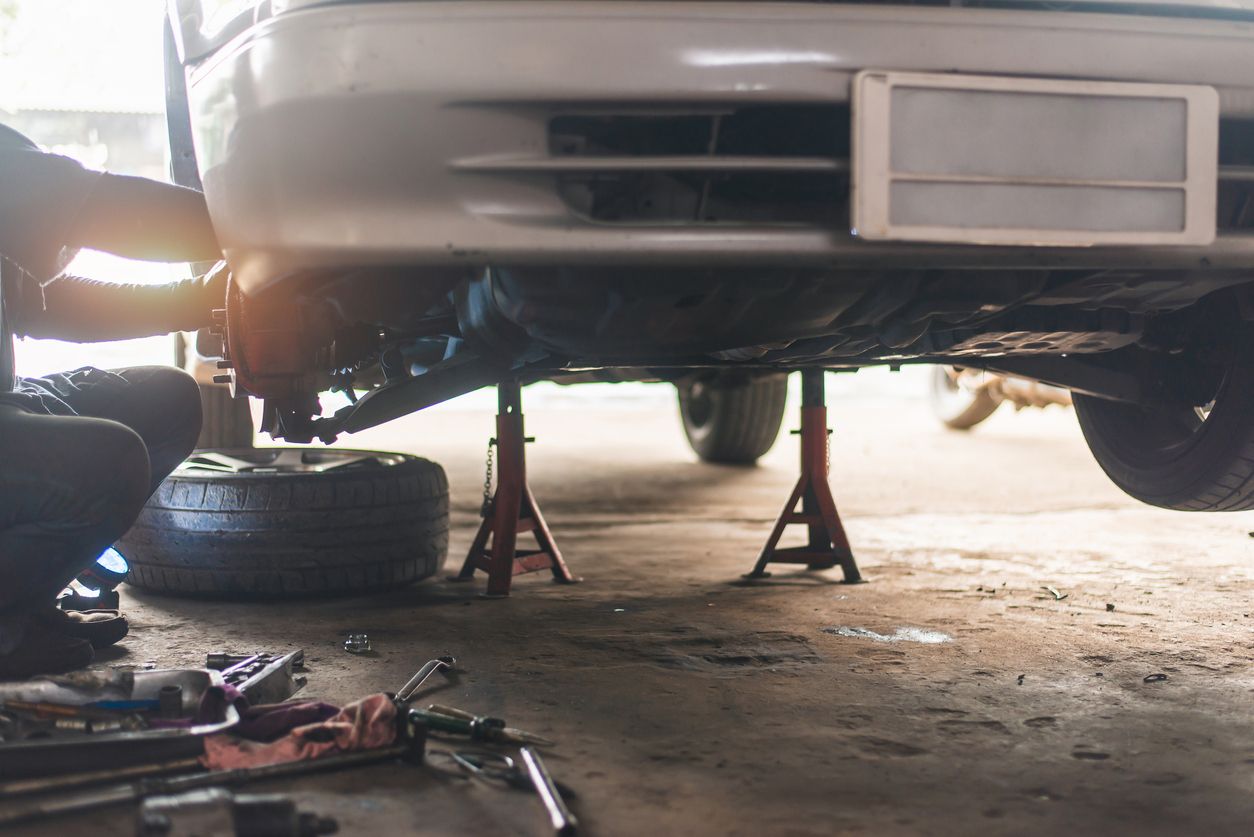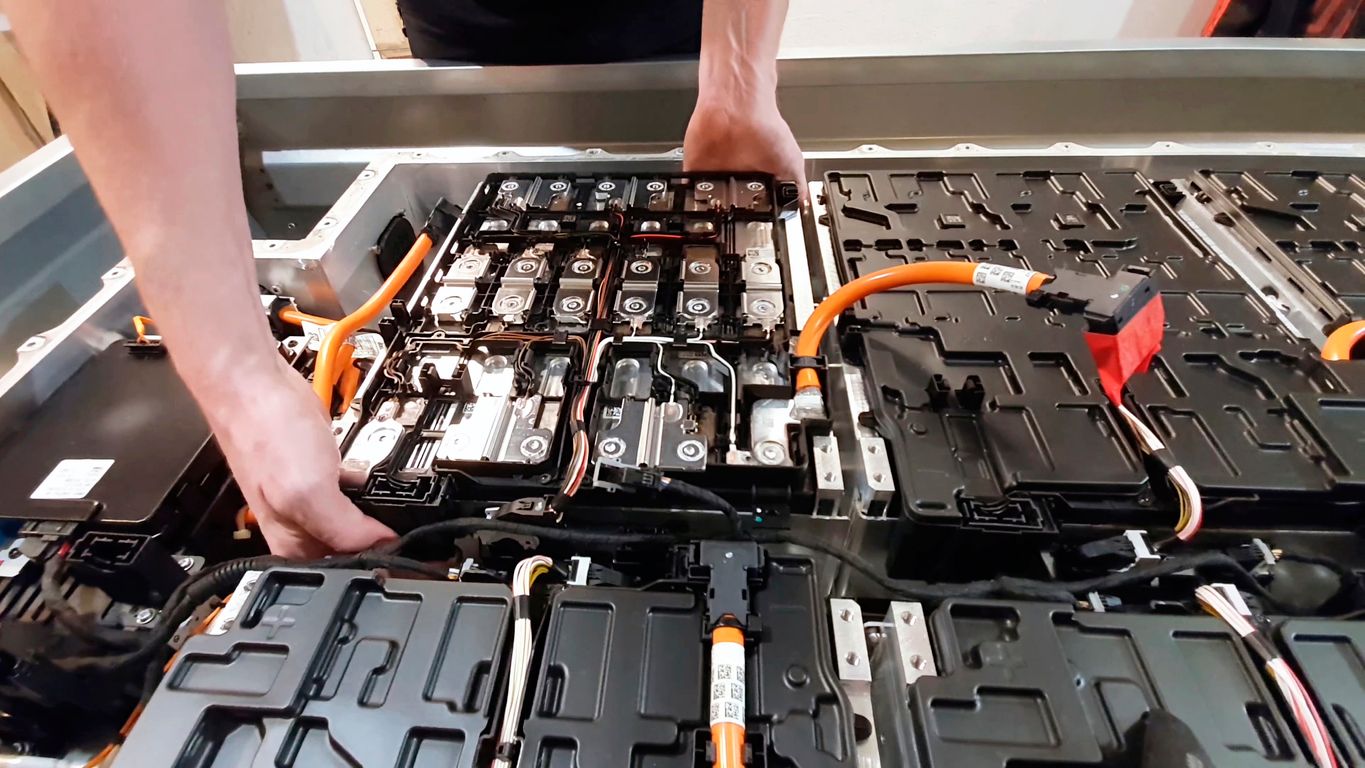Winter can do a real number on your vehicle. In fact, you’ve probably got an entire checklist of routine car maintenance to perform when things start to thaw out. But one thing you may not think to inspect is your transmission!
Even though your transmission is pretty well protected from the elements, exposure to extreme cold may adversely affect certain parts of the system. Here are a few common cold-weather transmission problems you may experience and how you can care for your transmission once the weather warms up.
How Does Cold Weather Affect Your Transmission?
Your vehicle is manufactured to withstand cold temperatures in the wintertime. However, prolonged exposure to extreme cold can damage components of your transmission.
Rubber Seals and Gaskets Contract
Cold, icy weather can make the rubber seals and gaskets contract on your transmission, potentially causing fluid leaks or even water to enter the transmission.
Constant contraction and expansion may eventually leave the rubber seals and gaskets cracked or permanently worn, leading to further potential damage. This issue can expose your transmission to water, dirt, and debris - even after the weather has warmed up.
Damaged seals and gaskets can also cause significant leaks in transmission fluid. The level of your transmission fluid will be inaccurate when the fluid is cold and the vehicle is not running (in most cases), so it’s important to run the vehicle for a few minutes to allow the transmission fluid to warm-up and circulate and to get an accurate reading. Always consult your owner’s manual for the proper method of checking your transmission fluid.
Post-Winter Care for Rubber Seals and Gaskets: Once a rubber seal or gasket has been damaged from the cold, it needs to be replaced. If you have bad gaskets, you may notice fluid leaks or problems shifting. Visit your local Firestone Complete Auto Care for a professional transmission inspection to see if your seals or gaskets need replacing.
Transmission Fluid Thickens in Cold Weather
Transmission fluid is designed to remain at a certain viscosity at various temperatures. However, extreme cold can cause your transmission fluid to thicken. Thick transmission fluid can make it difficult to properly lubricate the gears and other components in the transmission, leading to parts wearing down much faster.
Thicker fluid can also cause low pressure for the transmission system, which can make it feel like your transmission is slipping in cold weather.
Post-Winter Care for Transmission Fluid: It’s best to check your transmission fluid level regularly. If you notice issues with this fluid, such as leaking, don't wait until the weather warms up to have it checked. Stop by Firestone Complete Auto Care, and one of our car care experts will ensure your transmission fluid is at the proper level, has not been contaminated, and is pumping at the correct pressure.
Water Can Freeze Inside Your Transmission
Water should never be inside your transmission system. In fact, your transmission system is designed to ensure water does not enter it. However, failed seals and gaskets, cracks in the housing protecting the gears, or any other points of damage can allow water to get into the transmission. Also, driving through flooded streets can potentially allow water to get into your transmission.
Once the weather gets below freezing, all that water can turn to ice which can crack the transmission and wreak havoc on internal components.
Post-Winter Care for Ice in Your Transmission: Avoid damage as best as possible by letting your vehicle warm up before driving in freezing temperatures.
Once the vehicle has warmed up, look for puddles under the vehicle that may indicate leaking transmission fluid or water from melted ice. If you suspect there’s water in your transmission, head to your nearest Firestone Complete Auto Care immediately for professional transmission care.
Automatic Transmission has Problems Shifting When Cold
Cold weather can cause your transmission to shift more slowly due to several factors, including thickened transmission fluid, low fluid pressure, or automatic transmission gears slipping due to contraction from the cold. If your transmission won’t shift when it’s cold, try letting your vehicle warm up in idle before driving.
Post-Winter Care for Slower Shifting Due to Cold: As long as there isn’t any damage to your transmission, a slow-shifting transmission should resolve itself once the fluid warms up — as long as cold weather is the issue. However, if the weather has warmed up and you still feel your transmission shifting slowly or if it's unresponsive, schedule a transmission service at Firestone Complete Auto Care immediately to diagnose the problem.
Post-Winter Transmission Care is Easy With Firestone Complete Auto Care
Caring for your transmission after the wintertime is easy! You can get all the services you need in a single appointment at Firestone Complete Auto Care. Get everything from post-winter transmission care, engine services, tire and brake maintenance, and more. Your one-stop auto shop is just down the road!
Schedule your appointment online, or find your nearest Firestone Complete Auto Care when it's time to get your post-winter transmission services started.



